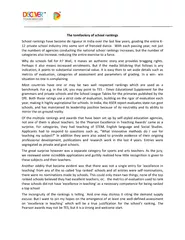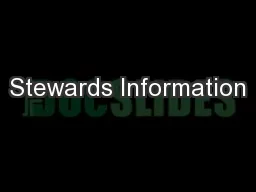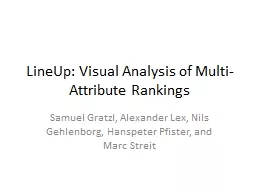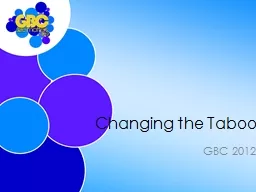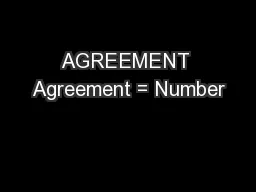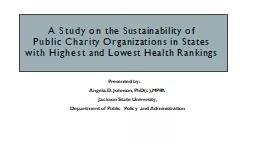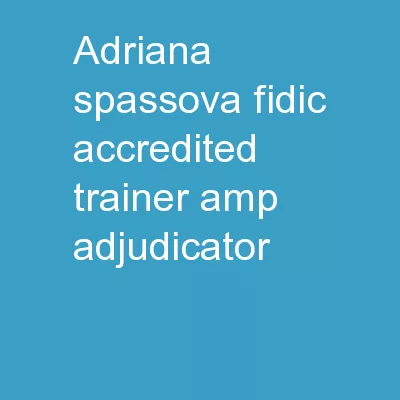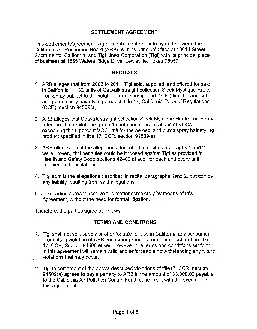PPT-Adjudicator Agreement and System Rankings for Person Name S
Author : ellena-manuel | Published Date : 2017-03-15
Mark Arehart Chris Wolf Keith Miller The MITRE Corporation marehart cwolf keith mitreorg Summary Matching multicultural name variants is knowledge intensive
Presentation Embed Code
Download Presentation
Download Presentation The PPT/PDF document "Adjudicator Agreement and System Ranking..." is the property of its rightful owner. Permission is granted to download and print the materials on this website for personal, non-commercial use only, and to display it on your personal computer provided you do not modify the materials and that you retain all copyright notices contained in the materials. By downloading content from our website, you accept the terms of this agreement.
Adjudicator Agreement and System Rankings for Person Name S: Transcript
Download Rules Of Document
"Adjudicator Agreement and System Rankings for Person Name S"The content belongs to its owner. You may download and print it for personal use, without modification, and keep all copyright notices. By downloading, you agree to these terms.
Related Documents



